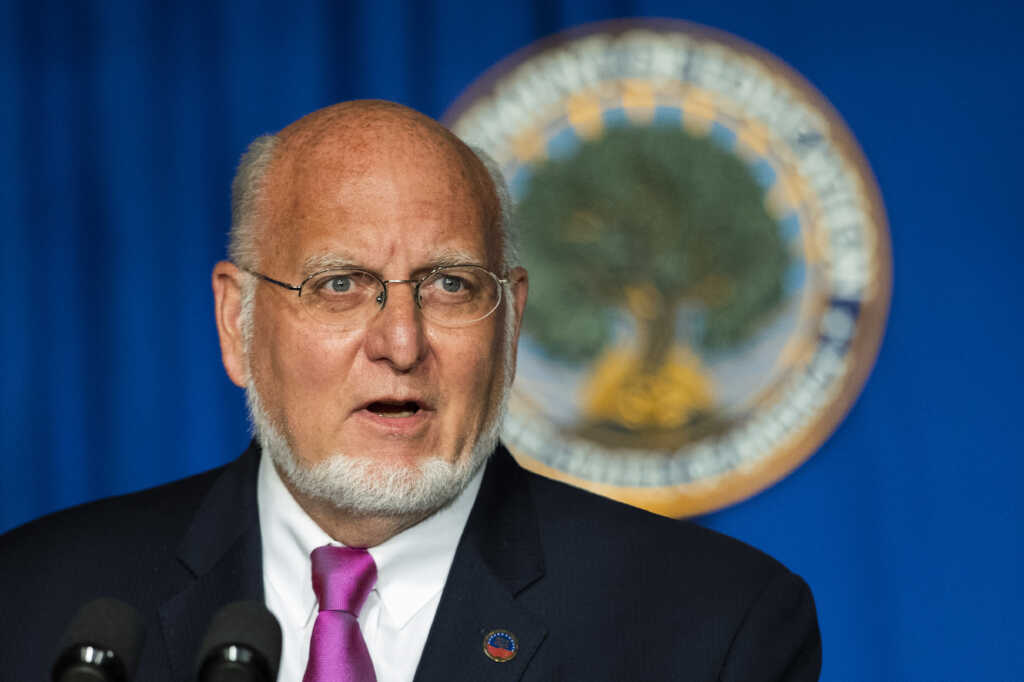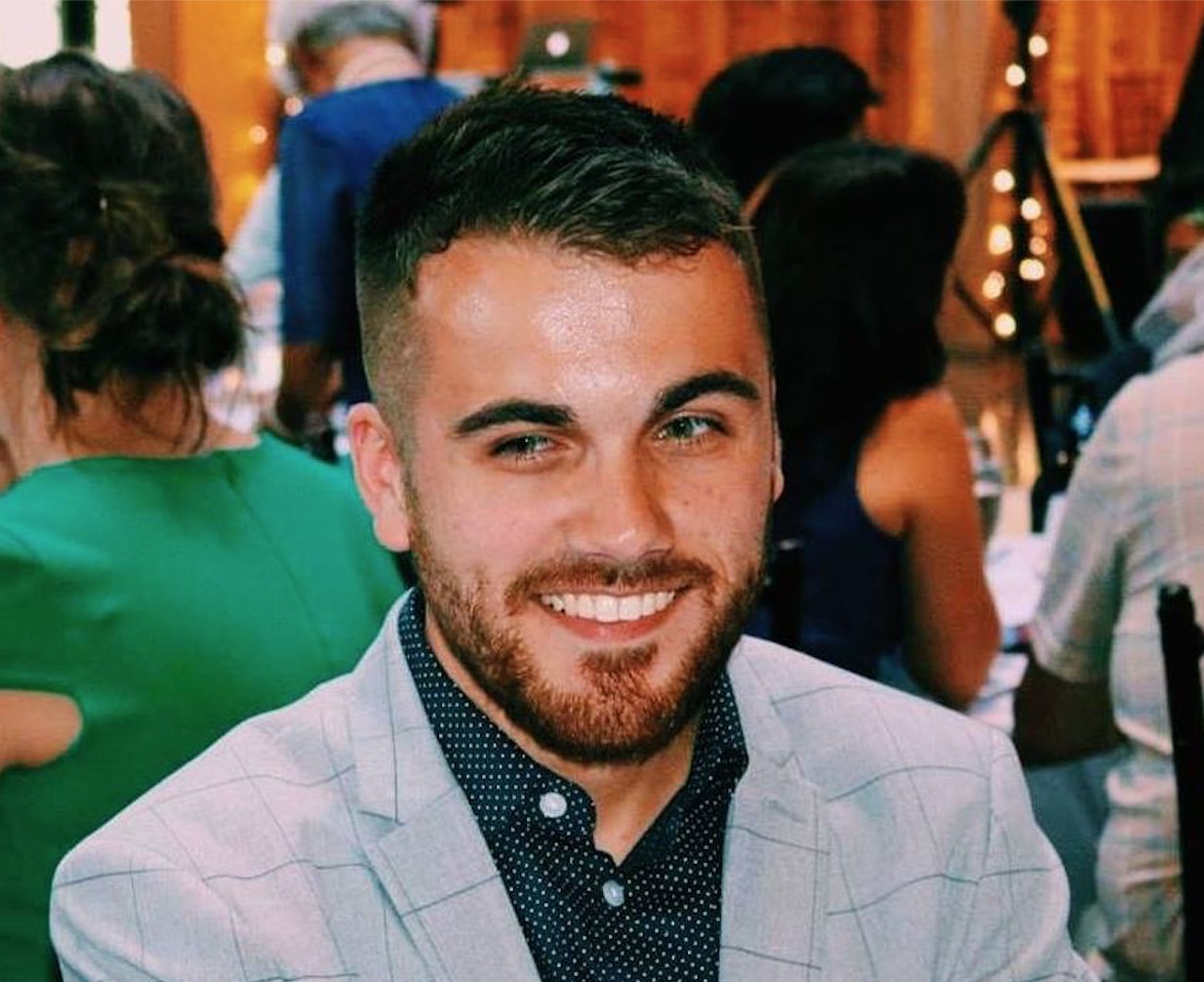Dr. Robert Redfield, director of the Centers for Disease Control and Prevention, is promoting the reopening of schools across the country, noting the serious risks associated with keeping kids out of classrooms.
During a webinar for the Buck Institute, Redfield pointed out the low risk of children spreading COVID-19 and said the spike in suicides and drug overdoses is “far greater” than the number of coronavirus-related deaths among the country’s younger population.
“It’s not risk of school openings versus public health,” he said. “It’s public health versus public health.”
Redfield added, “I’m of the point of view, and I weigh that equation as an individual that has 11 grandchildren, that the greater risk is actually to the nation to keep these schools closed.”
Earlier in July, he told ABC’s “Good Morning America” he would “absolutely” be comfortable with his grandkids going back to school in-person this fall. Redfield did, though, concede he may have “some reservation” about his grandson with cystic fibrosis returning to the classroom, “depending on how he could be accommodated.”
Data collected by the CDC backs up Redfield’s suggestion there is not a lot of concern children could spread COVID-19. And, according to the agency, the risk of complications for otherwise healthy children is actually “higher for flu compared to COVID-19.” Infants and kids with underlying conditions, though, “are at increased risk for both flu and COVID-19.”
The CDC director made his case by acknowledging the fact that more than 7 million children in the U.S. receive mental health services from their schools. Thousands of kids also get food and nutrition from the academic system.
Redfield is, additionally, concerned about the absence “of mandatory reporting [of] sexual and child abuse” while kids are not in classrooms.
“Obviously, the socialization is important,” the medical expert said. “And, obviously, for some kids, I think actually a majority of kids, their learning in a face-to-face school is the most effective method of teaching.”
He then shifted to acknowledging the major mental health trade-offs that have come from the lingering lockdowns due to the coronavirus pandemic.
“There has been another cost that we’ve seen, particularly in high schools,” Redfield explained. “We’re seeing, sadly, far greater suicides now than we are deaths from COVID. We’re seeing far greater deaths from drug overdose that are above excess that we had as a background than we are seeing the deaths from COVID.”
“This is why I keep coming back for the overall social being of individuals,” he continued. “Let’s all work together and find out how we can find common ground to get these schools open in a way that people are comfortable and they’re safe. And if there is a need for investment and resources, just like there is a need for some of the underprivileged children that are probably better served if they have certain comorbidities, to do homeschooling, they need the access to be able to have the computer and the internet to do that.”
The ultimate goal, Redfield emphasized during the webinar, is getting children back into “face-to-face education five days a week.” He urged federal, state, and local officials to work together to accomplish that objective.
Redfield’s remarks echoed those issued by the American Academy of Pediatrics, which said via a statement in June that it “strongly advocates that all policy considerations for the coming school year should start with a goal of having students physically present in school.”
“Lengthy time away from school and associated interruption from supportive services,” the AAP explained, “often results in social isolation, making it difficult for schools to identify and address important learning deficits as well as child and adolescent physical or sexual abuse, substance use, depression, and suicidal ideation.”



